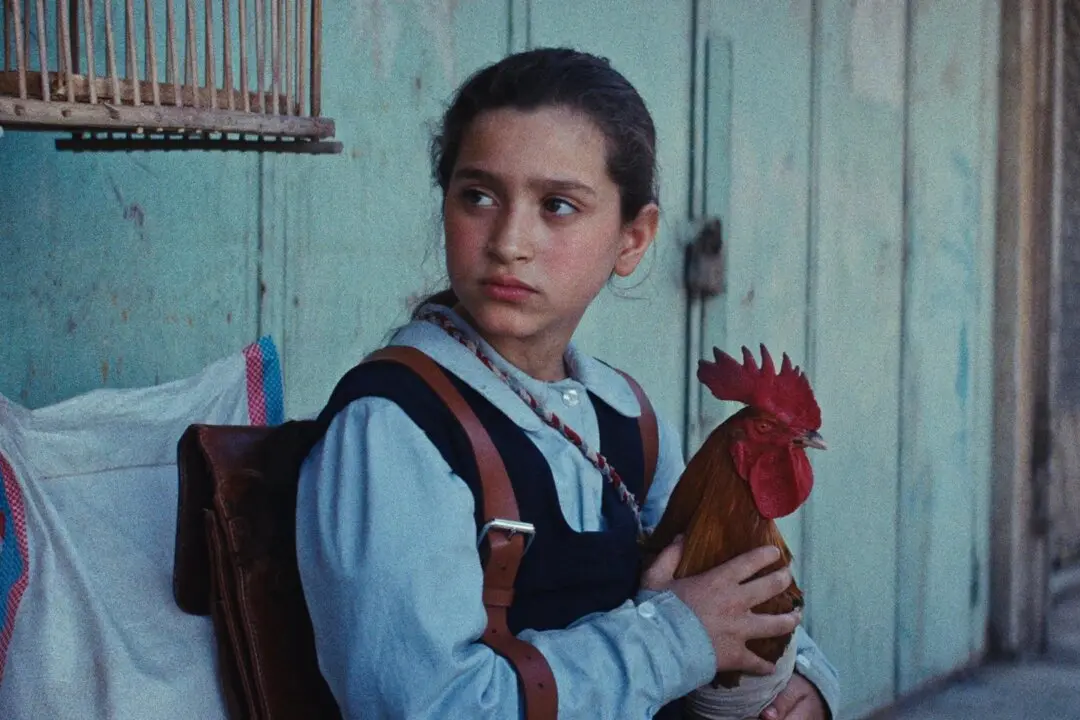It could very well have been St. Joseph himself who miraculously constructed the Loretto Chapel’s circular staircase in Santa Fe, but strictly speaking, he was a carpenter. That leaves Antoni Gaudí in pretty exclusive company as a beautified architect.
One hundred thirty years after it first broke ground, Gaudí’s life-defining project continues to be erected in Barcelona. Stefan Haupt follows the progress and meditates on the significance of the already imposing cathedral in “Sagrada: the Mystery of Creation.”
Originally commissioned in 1882, the Order of St. Joseph hired Gaudí to take control of the unwieldy project a year later. Known for his devout Catholicism and wholly distinctive style, Gaudí was an inspired but slightly risky choice. Throughout his final years, he lived and breathed the Sagrada Família, even though he knew he would never live to see its completion.
He hoped to see the Nativity façade finished, but tragically succumbed to injuries sustained from a tram accident. For a while, his assistant Domènech Sugranyes carried on in his stead, until the macroevents of the 20th century temporarily halted the project.
Haupt does a nice job chronicling the various phases of construction, but his cast of talking-head experts is suspiciously concise when discussing the effects of the Spanish Civil War. Evidently, when the Loyalists were burning churches, they also destroyed all of Gaudí’s plans and scale models that they could find, leaving Sugranyes and his fellow architects in absolute disarray, but they were good leftists, so let’s not discuss it.
Still, Haupt and the current architectural team clearly understand the Ken Follett-like sweep of the project. For many, it represents not just faith in God and his church, but also a faith that succeeding generations would finish the work they started.
Obviously, the final Sagrada Família will be necessarily different from what Gaudí originally conceived, which is a burden and an opportunity for several contemporary artists working on its decorative elements.





